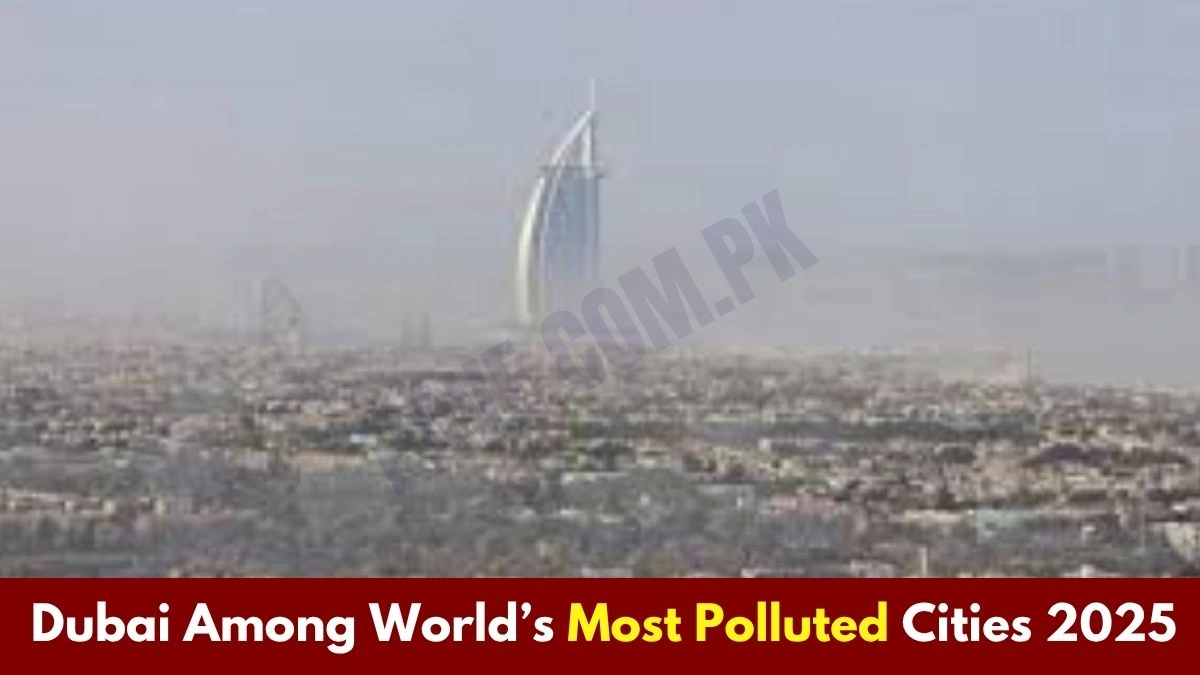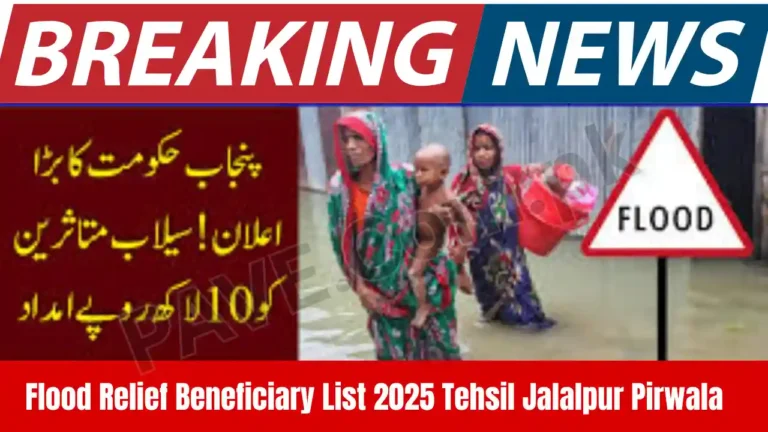Dubai Among World’s Most Polluted Cities — Air Pollution Reaches Alarming Levels
Dubai, the glittering jewel of the Middle East known for its futuristic skyline and luxury lifestyle, has found itself on a troubling list this year. According to the latest Air Quality Index (AQI) report, Dubai ranks among the world’s most polluted cities, with an AQI of 153, a level categorized as “unhealthy”. The revelation has sparked global concern, as one of the world’s most modern cities now faces a growing environmental and public health challenge.
Rising Concerns Over Dubai Air Pollution 2025
The inclusion of Dubai in the global list of most polluted cities marks a turning point in how the world views urban sustainability. The Dubai air pollution 2025 figures show a steady increase in fine particulate matter (PM2.5) over the past few years — an indication that rapid development, vehicle emissions, and natural factors are all taking a heavy toll on the emirate’s air quality.
Environmental experts have warned that if immediate steps are not taken, Dubai’s smog levels could worsen in the coming years, affecting residents’ health, tourism, and long-term sustainability goals.
Why Dubai Is Facing a Pollution Crisis
Several factors contribute to Dubai’s deteriorating air quality. Each one reflects a complex balance between economic progress and environmental conservation.
1. Rapid Urbanization and Construction
Dubai’s relentless expansion — with new skyscrapers, housing projects, and infrastructure developments — has led to massive emissions of dust and particulate matter. Construction activity releases concrete particles and silica dust, contributing directly to poor air quality Dubai today. Experts say that unchecked urban expansion without stringent emission controls has been one of the biggest contributors to the city’s air pollution surge.
2. Heavy Traffic and Vehicle Emissions
The emirate’s high dependency on private vehicles is another major factor. Tens of thousands of cars, buses, and delivery trucks release harmful gases such as nitrogen dioxide and carbon monoxide daily. These combine with desert dust to form ground-level ozone, which increases respiratory illnesses among residents. Despite efforts to promote public transportation and electric vehicles, the rapid rise in population has kept vehicle emissions consistently high.
3. Desert Dust and Sandstorms
As part of a desert ecosystem, Dubai naturally faces dust storms and dry air conditions that worsen during the summer months. These storms carry fine sand particles that mix with urban pollutants, elevating PM2.5 Dubai levels far beyond safe limits. When coupled with industrial emissions and heat, the result is a visible haze that reduces visibility and air clarity across the city.
4. Industrial and Energy Activities
While Dubai’s industrial base is smaller compared to Abu Dhabi or Sharjah, factories, shipping operations, and energy production still contribute to nitrogen oxide and sulfur dioxide emissions. The UAE’s growing energy demand has also increased fossil fuel consumption, further worsening the UAE pollution crisis.
Read Also: UAE Residency Permit Ban 2025 – Latest Updates, Reasons & Impact on Pakistani Expats
Comparing Dubai to Other Global Cities
According to recent international AQI rankings, Dubai now stands among the top 10 most polluted cities in the world. Although still below cities like Lahore or Delhi in terms of pollution intensity, its placement is alarming given its image as a clean, futuristic metropolis.
Here’s how Dubai compares to other polluted cities globally (as of October 2025):
- Lahore, Pakistan — AQI 340 (Hazardous)
- Delhi, India — AQI 221 (Very Unhealthy)
- Karachi, Pakistan — AQI 182 (Unhealthy)
- Dhaka, Bangladesh — AQI 175 (Unhealthy)
- Beijing, China — AQI 160 (Unhealthy)
- Dubai, UAE — AQI 153 (Unhealthy)
While Dubai’s AQI levels are lower than South Asia’s worst-hit cities, its ranking highlights the urgency for regional cooperation and stronger local regulations.
The Health Impacts of Air Pollution in Dubai
Medical experts have raised alarms about the increasing health impacts of air pollution on residents. Prolonged exposure to high PM2.5 levels can lead to serious short- and long-term consequences, including:
- Asthma and chronic bronchitis
- Increased risk of heart disease and stroke
- Eye and throat irritation
- Premature aging of the lungs
- Reduced immunity and fatigue
Children, the elderly, and outdoor workers face the highest risk. Hospitals in the city have already reported a rise in respiratory and allergy-related admissions during high-smog days.
Read Also: How to Get UAE Golden Visa in 2025 – Eligibility, Benefits & Easy Application Guide for Pakistanis
Government Action and Green Initiatives
Despite the worsening AQI, Dubai’s government has taken several bold steps to combat the UAE pollution crisis and work toward cleaner air.
Clean Energy Transition
The Dubai Clean Energy Strategy 2050 aims to transform 75% of the city’s energy supply to renewable sources, primarily solar power. Large-scale projects like the Mohammed bin Rashid Al Maktoum Solar Park are central to this plan, reducing dependence on fossil fuels and lowering carbon emissions.
Electric and Hybrid Vehicles
The Roads and Transport Authority (RTA) is pushing for the widespread adoption of electric and hybrid cars by offering incentives and expanding EV charging infrastructure. The city has also increased its fleet of electric taxis and public transport vehicles.
Smart Air Quality Monitoring
Dubai Municipality operates a network of smart sensors that monitor real-time air quality across the city. These systems help track pollution sources and predict AQI fluctuations, enabling quicker policy interventions.
Green Infrastructure
To reduce dust and heat absorption, Dubai is expanding its urban green belts, vertical gardens, and eco-parks. The government is also promoting sustainable construction practices, ensuring new buildings are energy-efficient and eco-friendly.
Public Awareness and Lifestyle Adjustments
Beyond government action, residents also play a key role in addressing the pollution issue. Public awareness campaigns encourage citizens to:
- Use public transport or carpooling instead of private cars.
- Reduce outdoor activities during high AQI days.
- Install air purifiers at home and workplaces.
- Support tree-planting drives and sustainable city initiatives.
Schools and workplaces are increasingly integrating environmental awareness programs to promote sustainable living.
Read Also: Check Which Countries Are Included in UAE Travel Ban List – October 2025 Update
The Economic and Environmental Cost of Pollution
Experts warn that air pollution could impact Dubai’s long-term goals of becoming a global business and tourism hub. Poor air quality not only affects health but can also reduce worker productivity, increase healthcare costs, and tarnish the city’s international reputation. Studies suggest that a sustained AQI above 150 could lead to billions in economic losses annually if not addressed through immediate policy reforms.
The Path Forward — A Sustainable Future for Dubai
Dubai’s leadership has publicly acknowledged the urgency of the problem. The government is working with international environmental organizations to adopt smart city solutions, strengthen emission control laws, and develop a national clean air framework.
By leveraging its financial strength and technological expertise, Dubai has the potential to become a regional model for sustainable urban management. Success will depend on consistent enforcement, innovative policy-making, and active community participation.
Read Also: UAE Announces Golden Visa New Category Today
Dubai Among World’s Most Polluted Cities 2025 Conclusion
The inclusion of Dubai Among World’s Most Polluted Cities is a sobering reminder that even the most advanced cities are not immune to environmental challenges. As Dubai air pollution 2025 continues to rise, addressing it must remain a top priority for government authorities, industries, and citizens alike.
With a combination of renewable energy investments, green city planning, and public cooperation, Dubai can reverse this trend and reclaim its status as one of the cleanest, most sustainable cities on Earth.







